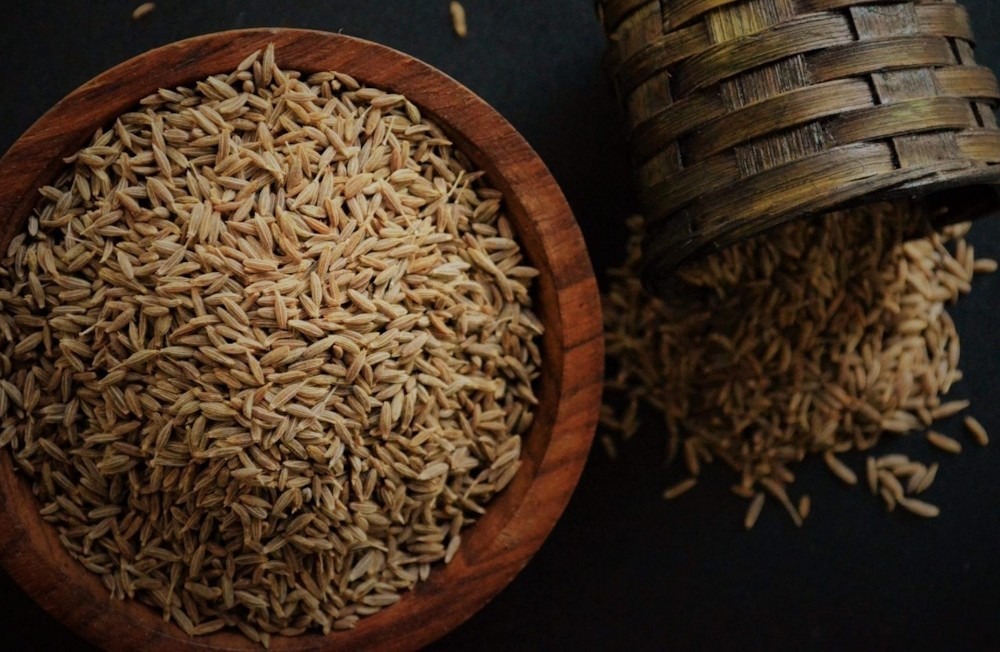
Jeera futures concluded with a slight increase, finishing 0.16% higher at Rs 21745, bolstered by postponed sowing and weather-induced interruptions in key production areas. Gujarat is experiencing one of its most sluggish sowing seasons in recent years, attributed to inconsistent rainfall that has rendered fields inadequately prepared. Limited arrivals at the Unjha market are sustaining the firmness of good-quality cumin; however, the potential for price increases is constrained by adequate domestic supplies and lackluster export demand.
Farmers currently retain approximately 20 lakh bags, with projections indicating that only 3–4 lakh bags will be traded by the conclusion of the season. This results in a substantial carry-forward stock of 16 lakh bags, exerting downward pressure on market sentiment. Demand from Gulf countries and China has shown a slight improvement; however, it continues to exhibit a high degree of price sensitivity. Logistical constraints in India and the Middle East, coupled with geopolitical disruptions in Syria, Turkey, and Afghanistan, have constrained global supply; however, Indian exports continue to be subdued.
For 2025, India’s cumin production is projected to be between 90 and 92 lakh bags, a decrease from last year’s figure of 1.10 crore bags. Gujarat is anticipated to contribute 42 to 45 lakh bags, while Rajasthan is expected to yield 48 to 50 lakh bags. During the period from April to September 2025, jeera exports experienced a decline of 14.51%, totaling 101,898.64 tonnes.
However, shipments in September indicated a positive trend, increasing by 2.20% year-on-year and 22.93% month-on-month. The market is experiencing short covering, as open interest has decreased by 0.37% to 3,255. Immediate support is identified at Rs 21560, with subsequent support at Rs 21370. Resistance is established at Rs 21890, and a breach of this level may lead to a test of Rs 22030.
